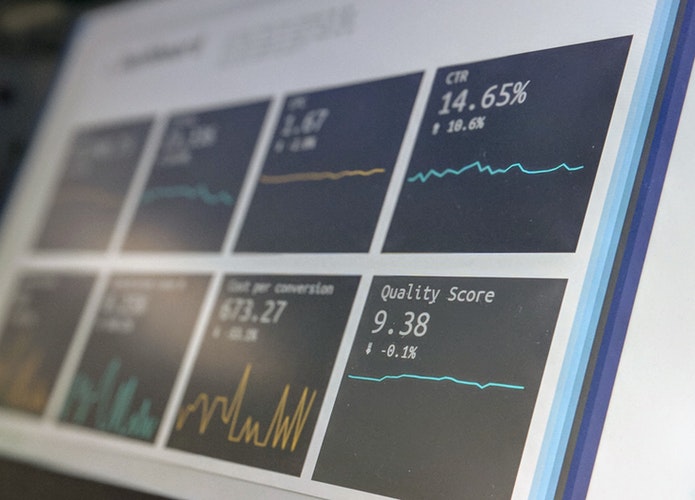We live in an online world where vanity stats is the order of the day. However, there are many important stats an online business should track. When reviewing your business’ numbers, be careful not to get distracted by things like how many people like your Facebook page or follow you on Twitter or like and comment on your post on Instagram. These vanity stats are good but not very important for your business because they don’t mean you are making money.
What are the Important Stats You Should Track?
Please note, these are not all the important stats your business should track. However, focusing on these will help you do what matters and prepare you for other advanced stats you need to measure.
- Leads
- Marketing
- Money
- Sales
- Traffic
– make sure you’re making a note of all your leads and sales conversations your social media channels are delivering to your business. You can either use a CRM (Customer Relationship Management) system or a simple spreadsheet to record these. Keeping tabs on your leads helps you do direct marketing effectively.
– don’t just assess your social media accounts from the front-end only. Use the back-end as well. This includes, but is not limited to, the ‘insights’ and dashboards in your social media accounts. Most social media provides you the opportunity to see the results of your marketing efforts.
– do your due diligence and keep track of revenues and expenses each week or each month. Knowing these gives you good ideas on what you need to do to increase your revenue and lower your expenses. Not everything you do translates to money. However, tracking these will show you where you need to stop wasting money and where you need to put more money to get much more money out.
– in keeping track of money, sales is one thing to focus on. keep track of the leads that have turned into sales. This help to know which of your products and or services are performing well. You can then work towards selling more of these by increasing the number of people you sell to or offering discounts for bulk purchases by your existing clients.
– measure how much traffic your website is getting each month. This includes things like your click-through rate, the conversion rate for sales pages and articles, etc. You can set up Google Analytics for this which helps you to understand your website performance.
These important stats are good but you also need to review what’s working and what’s not. Once you see what is working, do more of that. If nothing is working, realize that this is a chance to learn and try something new. You can achieve this by surveying current customers and ask them why they bought from you. You could also consider changing your pricing. Maybe it’s too high or too low. Try out special offers or package pricing. In addition, testing different elements to your marketing could help. However, to be able to keep a track of the changes that translate to the result you want, make sure you don’t do lots of changes at the same time, as you still won’t know what works and what doesn’t!
Whatever you try—be sure to measure the results!






